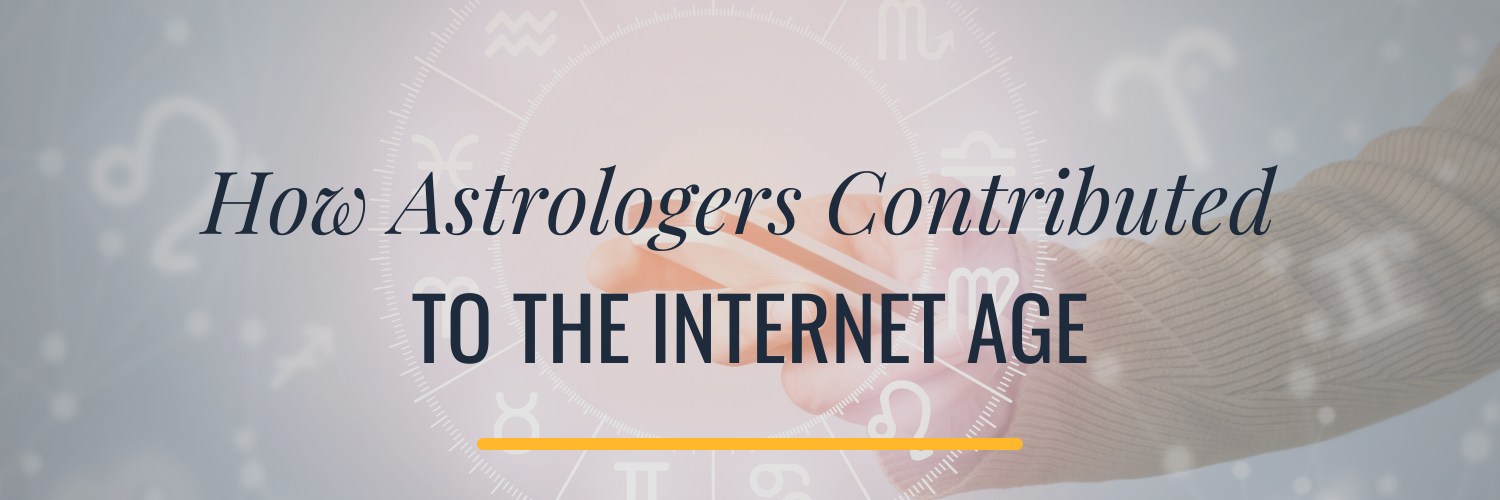When you pick up your smartphone and scroll through any app that allows you to select your time zone – you’re holding a piece of technology that was made possible, in part, by the research of astrologers.
Yes, you read that right: astrologers.
In a fascinating quirk of history, data collected over decades by astrologers in order to produce accurate birth charts became a building block of time zone calculations used by modern information giants such as IBM, Apple, Google and others.
Not since the days when astrological ephemerides of planetary positions were used by scientists to demonstrate that the Earth moves around the Sun has data collected by astrologers played such a role in the evolution of technology.
The Astrological Birth Chart
An astrological birth chart is simply a map of the positions of the planets and other celestial objects at a particular time and place on earth. For centuries, the positions of the planets have been recorded in books called ephemerides.
But in order to make a map of how the planets would appear at a specific location, you need to know the coordinates for where on earth you are – the latitude and longitude, and the time.
Railroads & Standardized Timekeeping
Time is relative. Especially clock time. For most of history, timekeeping has been a local affair – when the Sun was directly overhead, it was “noon,” and clocks were set accordingly. Consequently, each city and town kept its own time.
However, with the advent of the railroads came the need to standardize timekeeping in order to keep trains running “on time.” An international convention met in 1884 to set the international dateline and establish 24 global time zones. All cities within the time zone set their clocks to the same hour.
For various reasons, sometimes it’s more convenient for a location to choose to join a different time zone; exactly how individual countries and cities have related to this global timekeeping tapestry has been an ever-evolving system.
Consider Daylight Saving Time, how regions on the border of time zones shift their temporal allegiance, adding leap seconds and other changes, and a picture of the complexity of the question “What time is it?” emerges.
Recorded Data
To keep up with these changes, astrologers have done what they have always done – they keep records. Over the decades, hundreds of astrologers have shared their data with one another. In the pre-Internet days, they contributed to periodicals like the Mercury Hour, to the collection efforts of individual astrologers such as Doris Chase Doane, or through astrological organizations like the American Federation of Astrologers. Astrologers used these data sources as references for determining birth time when calculating charts by hand.
Then in 1978, Neil Michelsen’s company ACS Publications released the American Atlas (followed in 1985 by the International Atlas.) Astrological researcher and programmer Thomas G. Shanks combined the materials from earlier astrologers with data from national railway schedules and other public sources, as well as his educated guesswork, to create the most comprehensive single source for time zone information available at that time.
Meanwhile, with the advent of the information age, computer networks rapidly grew in complexity. Programmers of computer operating systems also recognized the need to have access to accurate information on time zone changes for desktop computers, transportation systems, banks, commerce and more.
In the late 1980s, a group of programmers and researchers, including Arthur David Olson and Paul Eggert, began to collaborate to create a standardized time zone database optimized for the needs of the information age.
Although their time zone database (also known as the TZ Database) has an original database structure and a large number of volunteers who update and improve the database, when it was first established, one of the sources for time zone data was the Thomas Shanks astrological atlases.
In another quirky historical footnote, in October 2011, the current owner of the ACS database, Astrolabe, filed a copyright infringement lawsuit against the organizers of the TZ Database. In order to prevent any disruption to Internet operations, the TZ database was formally moved to the oversight of the international Internet organization ICANN. A few months later, recognizing that historical facts are no one’s property, Astrolabe dropped its complaint.
Though it may be just an interesting historical footnote, the fact that astrology still impacts society in such deep and unexpected ways is something of which astrologers can certainly be proud.
This article was originally published by the Astrology News Service.



